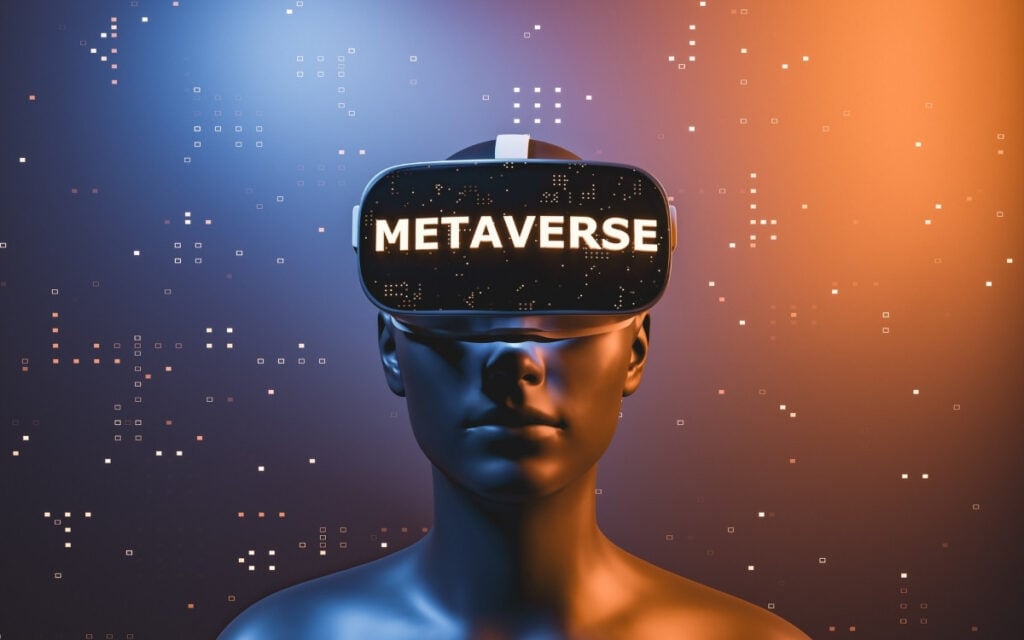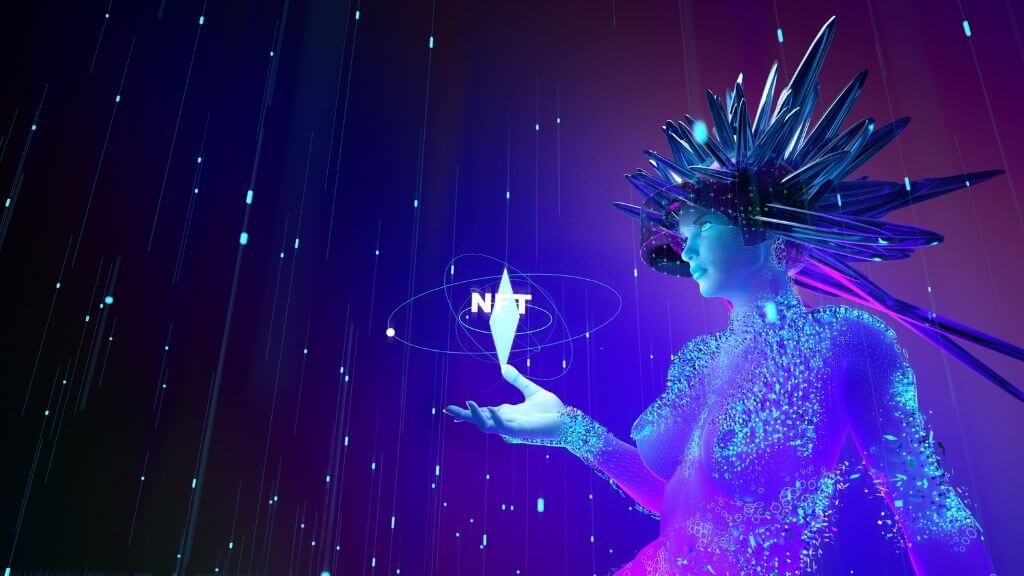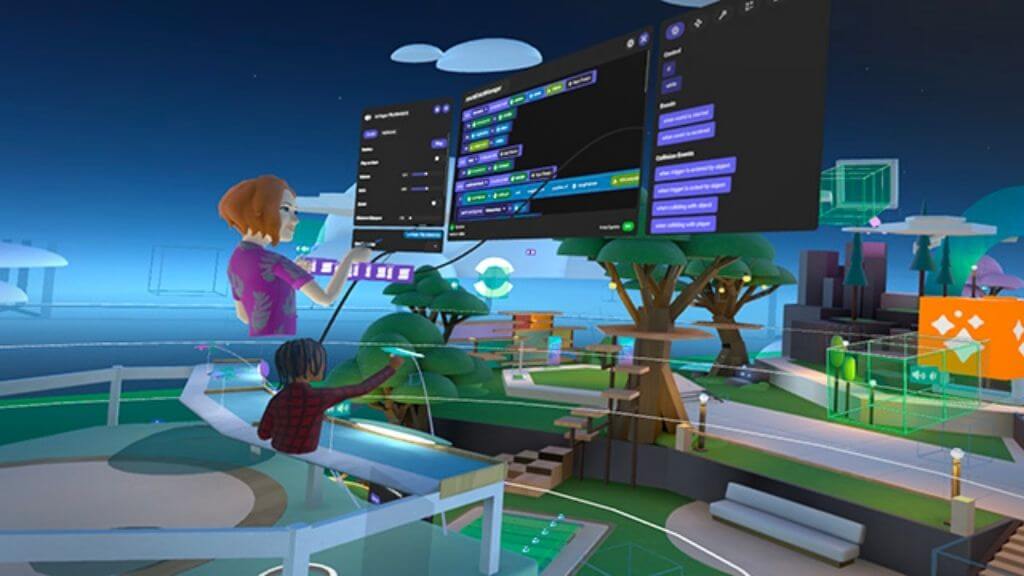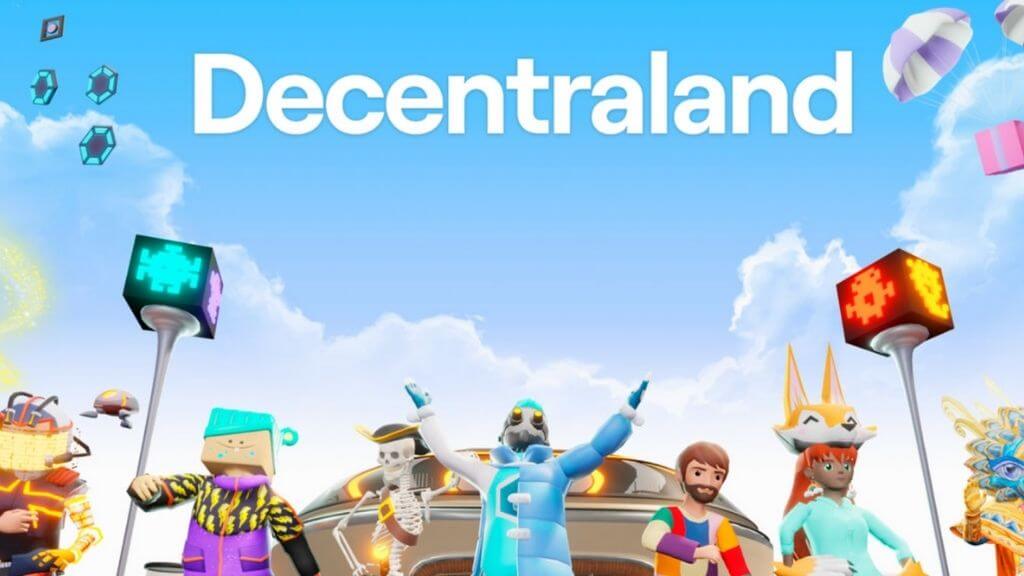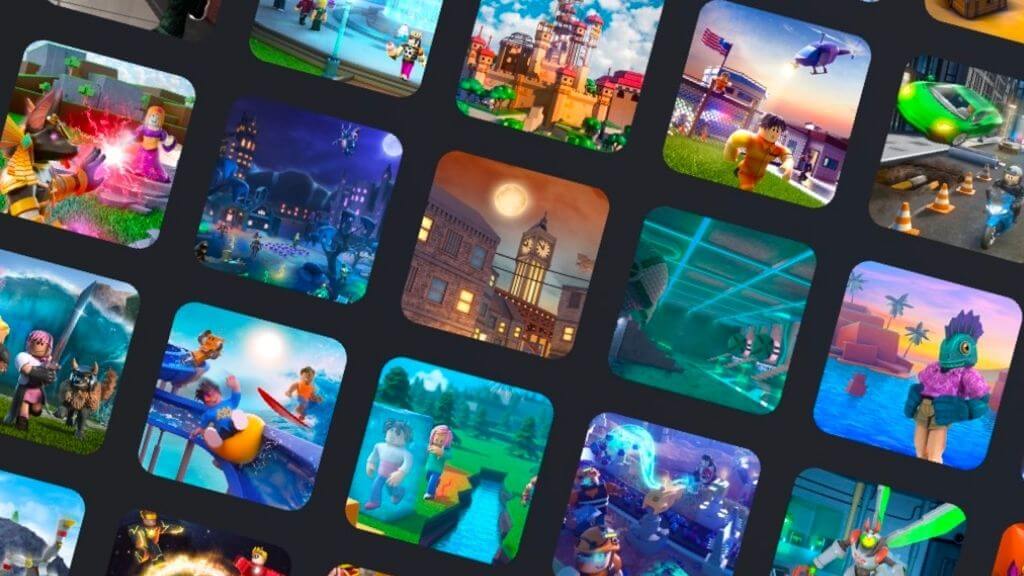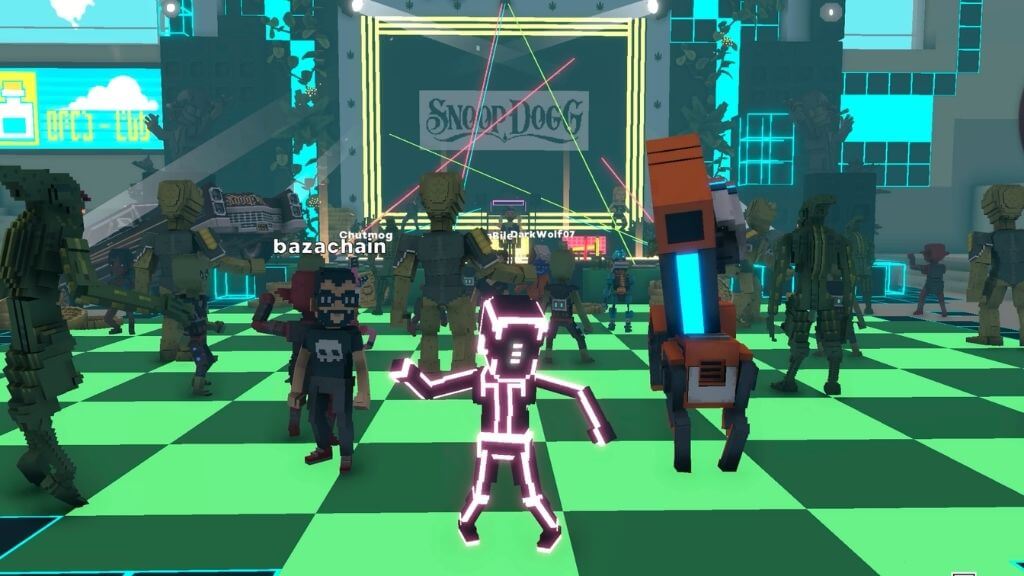The problem is that all this talk of the metaverse makes it sound like a single place you access or subscribe to, but the truth is that there are a whole bunch of metaverses out there, and even more are coming.
The Metaverse in a Nutshell
This article assumes that you already more or less know what the metaverse is. If you don’t and you have some time on your hands, head over to our What Is the Metaverse explainer for an in-depth discussion. If you’re in a hurry, here’s the gist of it.The “metaverse” gets its name from Neal Stephenson’s book Snow Crash. It’s a persistent virtual world where people can move around in 3D, look how they want as digital avatars, buy property, and generally live in a virtual space. The movie Ready Player One is perhaps the most striking on-screen depiction of a metaverse, and if you watch that film, it should all click into place.Now that virtual reality headsets are both good and affordable, companies like Facebook and Microsoft are lighting the fire under the idea of a future internet that’s a collection of metaverses.
Metaverse Hardware Requirements
Although the concept of the metaverse is usually centered on virtual reality (VR), augmented reality (AR), and mixed reality (MR) experiences, that doesn’t mean the only way to enter the metaverse is by strapping a headset to your face. Many metaverse experiences are either not VR-based or give users the option to use VR or other devices like smartphones, consoles, and laptops with flat screens.It’s hard to provide universal advice on what type of hardware you should invest in when it comes to joining the metaverse. What’s more important is to pin down which metaverses you’re most interested in visiting, and then make your hardware choices based on their specific requirements.That being said, at the time of writing the Oculus Quest 2 is the best all-around choice for anyone looking to join the metaverse. Despite being an excellent general VR headset, it was created as a platform for Facebook’s metaverse plans. If you go out and buy a Quest 2, you’ll have the key to most of the big-name metaverse experiences that are coming and the best VR experiences available today.
Paying for (and Owning) Things in the Metaverse
In general, there are two ways you can pay for something in a metaverse. The first is to simply use real-world currencies with a credit card, PayPal, or any of the other common digital payment platforms we already use. The second is to use cryptocurrency
Cryptocurrency and the Metaverse
Cryptocurrency and blockchain technology are especially interesting when it comes to the metaverse. That’s because the blockchain has a level of permanence that digital items bought from a central server can’t match. If it’s in the blockchain, then evidence that you own a specific digital asset only disappears when the last copy of the blockchain is destroyed.NFTs (Non-fungible tokens) make much more sense in a metaverse context than they do in the real world because they can act as title deeds for your virtual property. Of course, if the content hosting and computing power for a given metaverse aren’t also decentralized, then NFTs don’t mean much. There are already a few video games that make use of crypto and NFTs, such as Cryptokitties and Axie Infinity (AXS). AXS is a trading and battling game that also allows for the purchase of virtual property, and it lets users cash out their cryptocurrency every 14 days for use in the real world. This means it’s shaping up to be a kind of metaverse itself.Going ahead, that’s likely to change. Especially since companies like Nike are getting ready to sell you virtual products! So perhaps it’s time to open a crypto wallet on the Bitcoin or Ethereum blockchain and load it with a little digital cash.
The Best Metaverse Platforms You Can Join Today
The metaverse isn’t one place, although one day all metaverses may be linked to each other using common standards and practices. For now, you’ll have to pick the one or two metaverse platforms that offer the sort of experience you want. Each digital world represented here has its own unique charms, and most are built to let third-party creators (including users) add their own content.
Horizon Worlds (Rift S & Quest 2)
Horizon Worlds is the biggest name in metaverse experiences right now. It’s the culmination of Meta’s experiments with low-cost VR headsets like the Oculus Go and precursor applications like Facebook Spaces, Oculus Rooms, and Oculus Venues.Horizon Worlds can be accessed using a Quest 2 or Rift S (connected to a PC). It supports full motion tracking in 3D space and has an integrated game creation system. From a central plaza, users can enter portals to visit user-created worlds. The sky’s the limit with Horizon Worlds, and since it was only released to the public early in December of 2021, you can bet it’s still got plenty of new stuff coming.
Decentraland (Browser-based)
On a technical level, Decentraland has some serious work ahead. It’s a little janky to be honest, but it’s also a fascinating collection of ideas. More than half a million people have already signed up to be part of this virtual world.Decentraland is a browser-based game, which means that you don’t need a VR headset to be a part of it. Decentraland, as the name suggests, is based on cryptocurrency. In this case, the currency in question is MANA, which uses the Ethereum blockchain. Users can buy parcels of land and then develop it into whatever they want using the built-in editor system. They can also import 3D models from elsewhere, so there’s a lot of scope for creativity.Having a crypto wallet is optional, but obviously, if you want to be a creator and have a place to keep your NFTs, you’ll need one. During the peak of the NFT craze, plots of land were selling for as much as $100,000!
Roblox (Windows, macOS, iOS, Android, Xbox One)
Roblox started out as an innovative game that coasted under the radar for quite some time. After exploding in popularity, it’s a smash-hit akin to Minecraft today and it also happens to be a metaverse.Roblox is a free-to-play game, so it’s always been ready to host a vibrant economy. What really elevates it to metaverse status is Roblox Studio. Users can use Studio to create entire games, which players of Roblox can then play. Individual digital items are also bought and sold on the platform, and every now and then Roblox hosts virtual events. So far, at least, Roblox is free of any sort of cryptocurrency, token, or blockchain technology, sticking with its own traditional non-crypto “Robux” currency.
The Sandbox Metaverse (iOS, Android, Windows and macOS)
The Sandbox is a blockchain-based game with its own token named SAND. Users can buy land, create their own content, create entire games, buy, sell, and explore everything within the Sandbox Metaverse.At the time of writing The Sandbox Metaverse is in the Alpha stage, but there’s major hype around it with companies like Square Enix and Softbank investing millions of dollars in the company. While everything is still in an unfinished state on a technical level, the concepts are solid, and getting in early is probably a good idea!
VR Chat (Oculus VR, Oculus Quest, SteamVR, Windows Desktop Mode)
VRChat is a VR-centric virtual world that does have a desktop mode for use with flat screens but really demands VR hardware to get the most out of it.In VRChat, users can create their own instanced worlds. That means it’s not an open persistent virtual world, but one that exists for the player and their friends.VRChat has been popular for a large part of its existence, but the pandemic turbo-charged the number of users who were looking for a way to spend time with people, without physically being in their presence. As a new user, you don’t rate high enough on the trust system to start making your own content, but that’s only temporary. Stick around and stick to the rules, and you’ll get the keys to your own kingdom soon.
Second Life (Windows and macOS)
Before the word “metaverse” became a mainstream word, Second Life was already doing everything a metaverse should, except offer VR as an option. In recent years the developers considered adding VR support to Second Life, but ultimately the idea was abandoned thanks to VR headset’s low penetration numbers.As the name suggests, Second Life is a place where people can live, hang out, experience things, buy property, customize their spaces, and much more. There are even official business premises in Second Life that you can visit for customer service or buy products.As one of the oldest metaverses that’s still around, Second Life is due for some upgrades, and the people behind its creation are working on an evolution of this virtual world, although for now that still doesn’t include VR.
Fortnite (Windows, Switch, PlayStation 4, PlayStation 5, Xbox One, Xbox Series)
Fortnite started out as a video game and became one of the most popular free-to-play titles in history. Since then it’s grown into something more than a game, with people hanging out with each other rather than just shooting one another 24/7.Fortnite has successfully dabbled in hosting non-game events such as concerts as well, becoming more like a social platform as time went by. Now Fortnite has launched Party Worlds, which is an expansion to the game that formally gives people a place to hang out, create their own party worlds, and generally qualifies the game as a full-fledged metaverse.Fortnite is available on virtually every platform, but for the foreseeable future, iOS and macOS users are out of luck thanks to a massive legal battle with Apple.
Is This the Real Life?
Our digital screens have been a way to escape from the boredom or stresses of real life for decades. People already spend thousands of hours in-game worlds and on social platforms. They make friends there, they have fun there, and sometimes they have bad experiences.The rise of metaverses seems like a natural progression of how our technology and society makes advancements. Just like social media, you won’t ever be forced to enter a metaverse, but we have a feeling life outside of the metaverse is going to feel a little boring and lonely by comparison.
